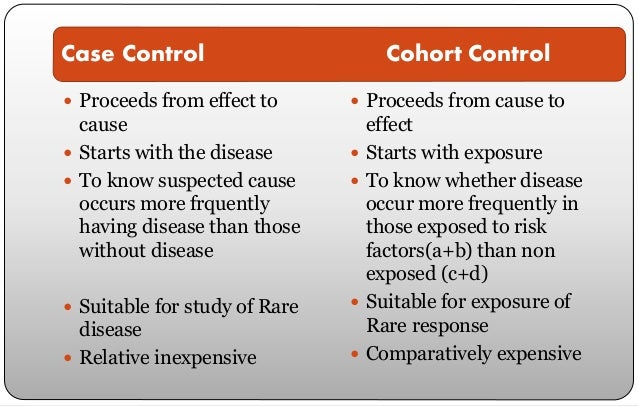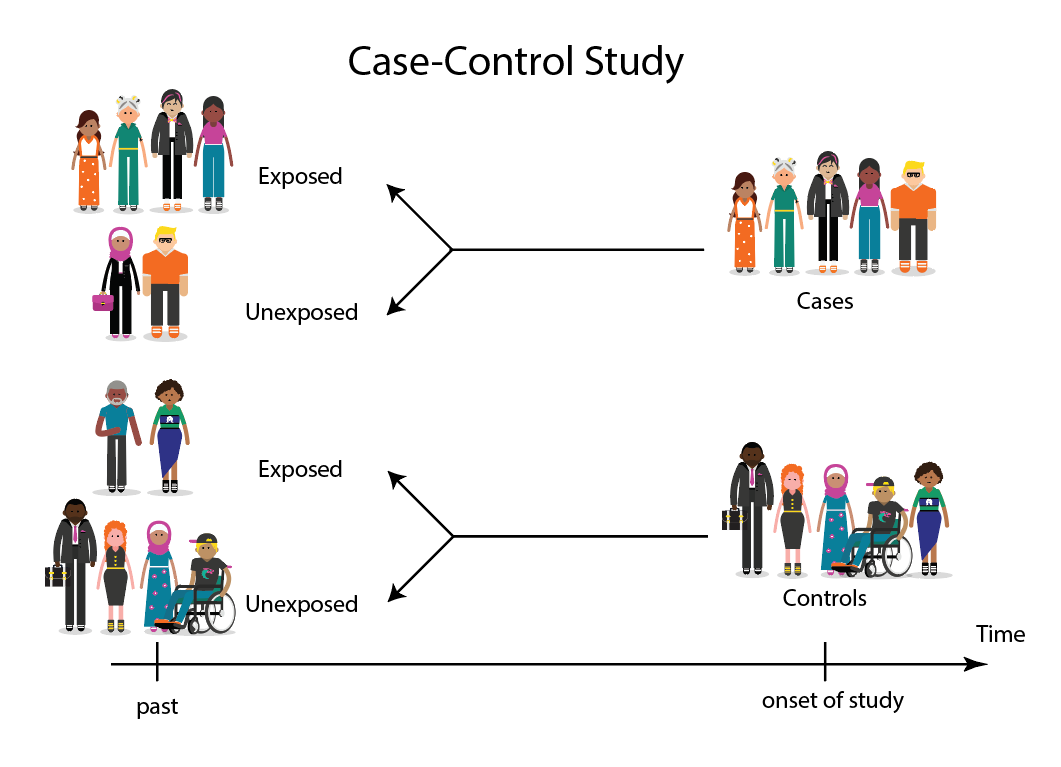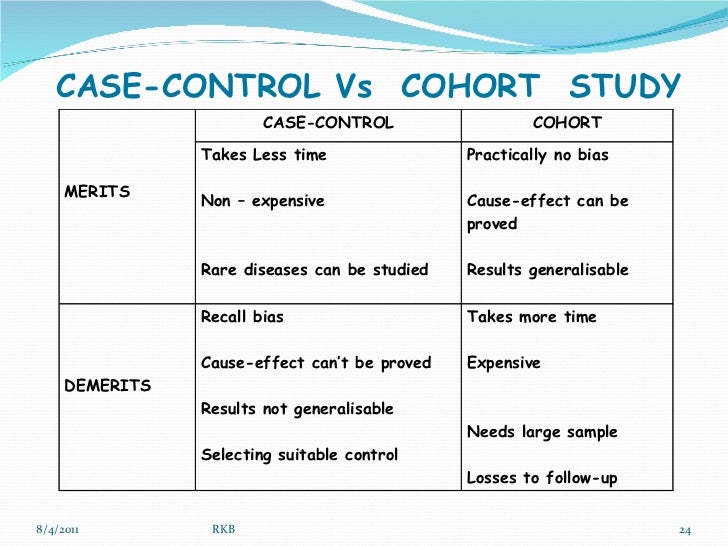Do you look for 'case control study vs cohort'? All the details can be found here.
Letter a case-control study is an analytical observance study, it has a comparsion (control) group. Case mastery studies are backward. They should non be confused with historical cohort studies (also retrospective). Cohorts track people progressive in time from exposure to effect. Case-control studies suggestion backwards from event to exposure.
Table of contents
- Case control study vs cohort in 2021
- Case-control study vs cohort study vs cross sectional
- Case series vs cohort
- Prospective case-control study
- Difference between cohort and case-control study ppt
- Case cohort study definition
- Case-control study example
- Cohort study
Case control study vs cohort in 2021
 This picture demonstrates case control study vs cohort.
This picture demonstrates case control study vs cohort.
Case-control study vs cohort study vs cross sectional
 This image illustrates Case-control study vs cohort study vs cross sectional.
This image illustrates Case-control study vs cohort study vs cross sectional.
Case series vs cohort
 This picture illustrates Case series vs cohort.
This picture illustrates Case series vs cohort.
Prospective case-control study
 This picture shows Prospective case-control study.
This picture shows Prospective case-control study.
Difference between cohort and case-control study ppt
 This picture demonstrates Difference between cohort and case-control study ppt.
This picture demonstrates Difference between cohort and case-control study ppt.
Case cohort study definition
 This picture representes Case cohort study definition.
This picture representes Case cohort study definition.
Case-control study example
 This picture shows Case-control study example.
This picture shows Case-control study example.
Cohort study
 This picture demonstrates Cohort study.
This picture demonstrates Cohort study.
What are the pros and cons of cohort studies?
Pro’s and con’s. Cohort studies work well for rare exposures –you can specifically select people exposed to a certain factor. But this design does not work for rare diseases –you would then need a large study group to find sufficient disease cases. Case-control studies are relatively simple to conduct.
What do you need to know about case control studies?
Case-control and Cohort studies: A brief overview 1 Introduction. Case-control and cohort studies are observational studies that lie near the middle of the hierarchy of evidence. 2 Case-control studies. Case-control studies are retrospective. ... 3 Cohort studies. Cohort studies can be retrospective or prospective. ... 4 References. Song, J. ...
How are retrospective cohort studies different from case control studies?
Retrospective cohort studies are NOT the same as case-control studies. In retrospective cohort studies, the exposure and outcomes have already happened.
What's the difference between case series and cohort studies?
An important distinction lies between cohort studies and case-series. The distinguishing feature between these two types of studies is the presence of a control, or unexposed, group. Contrasting with epidemiological cohort studies, case-series are descriptive studies following one small group of subjects.
Last Update: Oct 2021
Leave a reply
Comments
Blondine
21.10.2021 03:49They allow researchers to compare outcomes accordant to exposure to suspected risk factors by creating A hypothesis to cogitation.